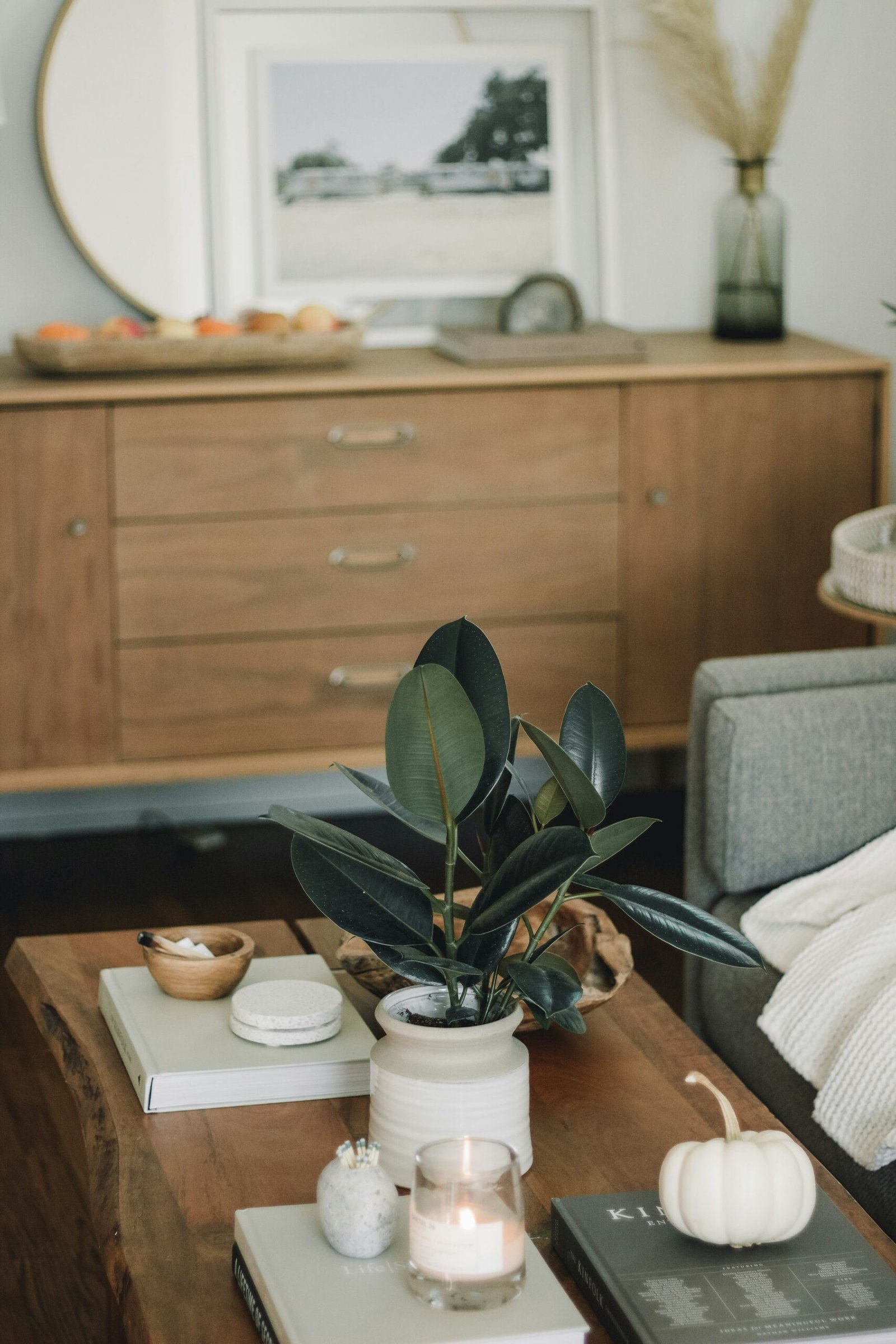1. What is a sustainable closet?
A sustainable closet is concerned with reducing its environmental impact by opting for ethical, eco-friendly, and high-quality clothing that lasts longer.
2. Why do I need to build a sustainable closet?
Building a sustainable closet encourages mindful consumption, reduces waste, and supports the ethical fashion industry, thus contributing to the betterment of the environment and the rights of the workers.
3. How do I make my closet more sustainable?
Focus on quality over quantity, recycle and upcycle old clothes, buy second-hand or vintage pieces, and support sustainable brands.
4. What are some eco-friendly fabrics for a sustainable closet?
Some of the most eco-friendly options for clothing materials are organic cotton, hemp, Tencel, bamboo, recycled polyester, and ethically sourced wool.
5. How can I minimize my clothing waste?
Donate clothes you no longer wear, repair items instead of discarding them, and recycle fabrics when possible.
6. Should I buy second-hand clothes or new sustainable ones?
Both options are sustainable. Second-hand shopping reduces the demand for new production, while sustainable brands use eco-conscious manufacturing practices.
7. What are the impacts of fast fashion on sustainability?
Fast fashion leads to overproduction, increased waste, and uses non-eco-friendly materials, harming the environment and exploiting labor.
8. How do I choose sustainable brands?
Look for certifications like Fair Trade, GOTS (Global Organic Textile Standard), or B-Corp certification, and research brands committed to ethical and sustainable practices.
9. What are some ways to care for sustainable clothing?
Wash clothes in cold water, line dry when possible, use eco-friendly detergents, and avoid frequent washing to prolong the life of garments.
10. What role does zero-waste play in a sustainable closet?
Zero-waste promotes reducing, reusing, and recycling clothes, minimizing landfill waste, and embracing circular fashion principles.
11. How can I declutter my wardrobe sustainably?
Sort clothes into categories—donate, recycle, or repurpose. Use apps or organizations that support sustainable clothing recycling or resale.
12. What is slow fashion, and how does it relate to a sustainable closet?
Slow fashion emphasizes thoughtful design, quality materials, and fewer seasonal collections, promoting timeless pieces over fast-changing trends.
13. How do I drive sustainability when shopping for new apparel?
Support brands with sustainable initiatives, seek natural or recycled materials, and select versatile, long-lasting pieces versus trendy, disposable ones.
14. Is sustainable clothing more expensive?
Sustainable clothing can be more expensive, considering ethical labor, superior quality materials, and eco-friendly practices, but these long-term benefits make the investment worth it.
15. What is upcycling and how does this drive sustainability into a closet?
Upcycling is taking old clothes or fabrics and using them to create new things. This reduces waste and gives a second life to the garment.
16. How can I be sure that a brand is sustainable?
Check for transparency on sourcing, manufacturing processes, and labor practices. Labels such as Fair Trade, GOTS, or Vegan Society can also indicate sustainability.
17. How do I support sustainable fashion during sales?
Buy quality staples rather than fast-trend pieces, avoid overconsumption, and look for eco-friendly options within sale offerings.
18. What are some sustainable alternatives to fast fashion accessories?
Second-hand jewelry, bags made from recycled materials, or brands using sustainable materials like vegan leather or organic cotton.
19. How do I maintain a sustainable closet while transitioning to a minimalist wardrobe?
Focus on fewer, versatile pieces, support ethical brands, and incorporate items that align with your values to create a sustainable minimalist wardrobe.
20. What can I do with old clothes that no longer fit into a sustainable closet?
Donate to charities, resell them online, participate in clothing swaps, or recycle the fabric through specialized organizations.
Creating a sustainable closet is a step-by-step process which encourages ethical decision making and a good impact on the environment.




